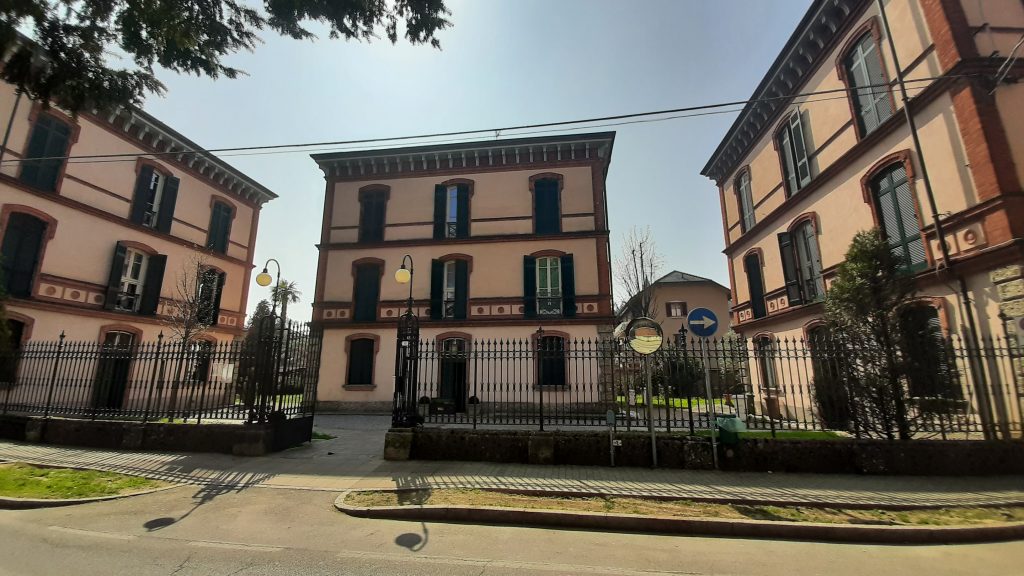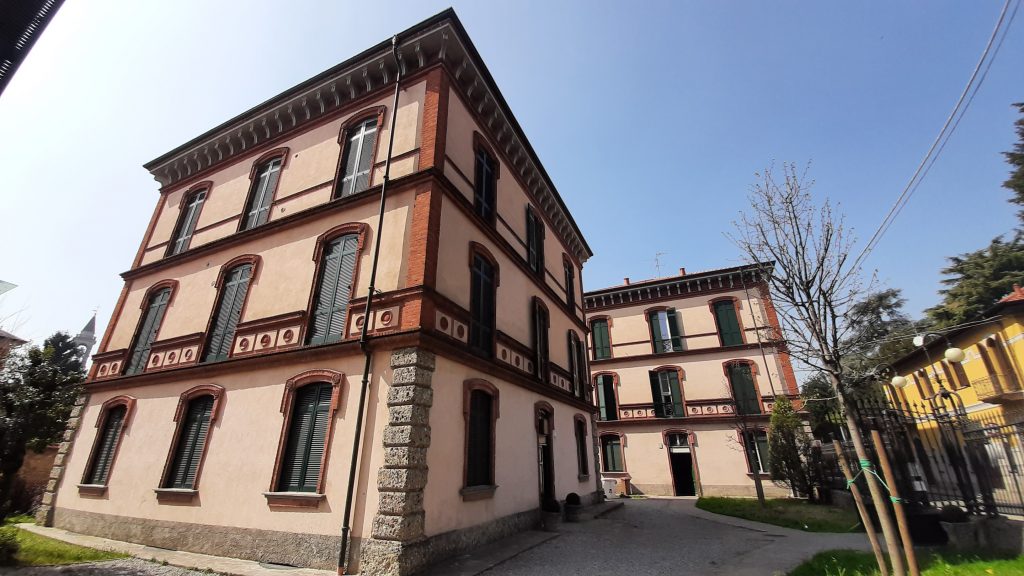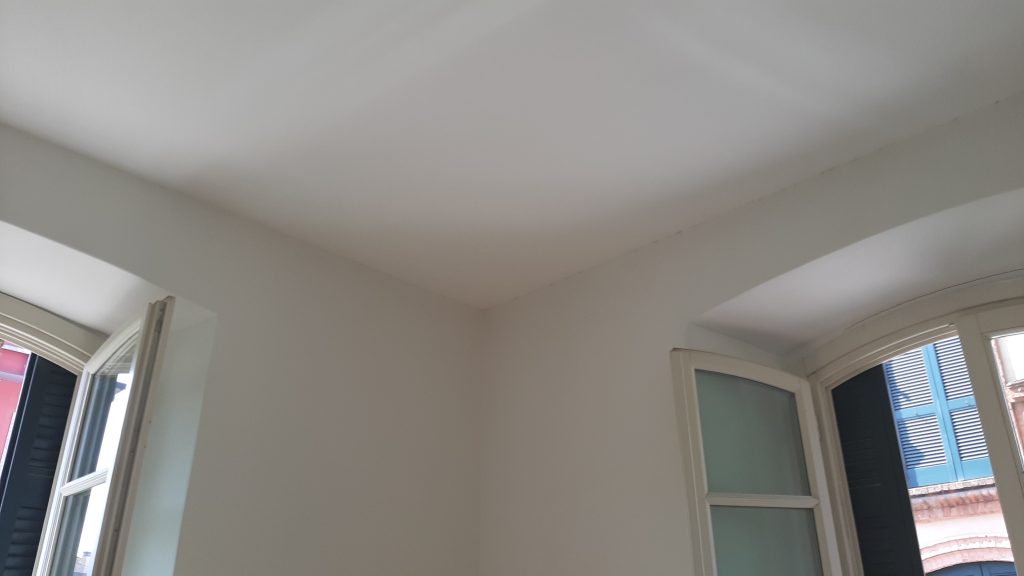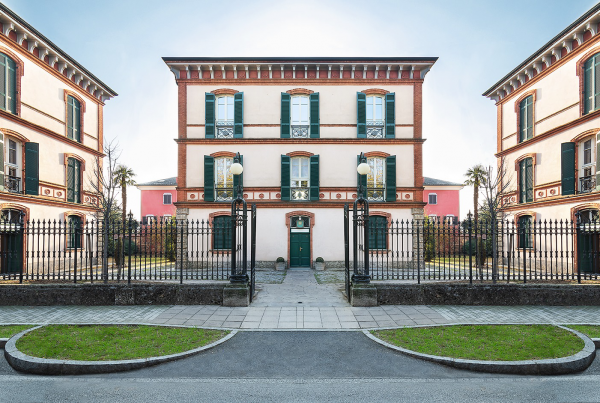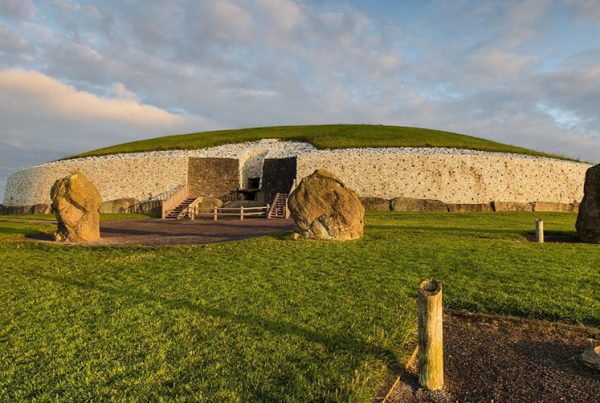The heritage restoration and renovation of these buildings from the second half of the 19th century was the result of a vision of the famous industrial dynasty of Crespi, who established their paper and fabric production between Crespi d’Adda and Vaprio d’Adda, in order to take advantage of the great abundance of water required and made available by the natural course of the great Lombard and Manzonian tributary of the Po. But the Crespi did more by imagining their factories as the nucleus of a village tailored to the needs of workers and able to foster a vision of peaceful harmony between businessman and workers. The working-class village of Crespi d’Adda is today a UNESCO World Heritage Site as well as a splendid example of industrial archaeology.
Residenze Daniele Crespi
Heritage restoration and renovation
History and beauty: the added value by Diasen
Time of realization: 10 weeks
Location: Vaprio d’Adda (MI), Italy
Thermal conductivity
λ = 0.037
Thanks to the right mix of carefully selected natural raw materials, the product achieves very high thermal insulation performance
Density
ρ = 250 kg/m3
Macroporous structure with high air content guarantee excellent performance in terms of insulation and absorption of excess moisture.
Fire reaction
CLASS A1
Classified in class A1 according to UNI EN ISO 13501-1. Generation of flames and zero smoke emission
Download
Download the technical details of the solutions used in this project of restoration and conservation restoration of the historical heritage.
Technical insights
Diasen has intervened in the restoration and restoration of two historic buildings of the three evocative Residenze Crespi by thermally insulating the interior walls and ceilings thanks to the application of 4 cm of Diathonite Thermactive.037.
The Director of Works Leonardo Gornati stated that “the insulation system works perfectly and that entering without heating at full speed, they found a perfect situation of humidity with a temperature of 20°C.”
Used products
Following is the focus on the ecological solution Diathonite Thermactive.037 which, thanks to its high performance, has made it possible to carry out restoration and conservation restoration and to insulate indoor spaces thermally from heat and cold, guaranteeing living comfort throughout the year.
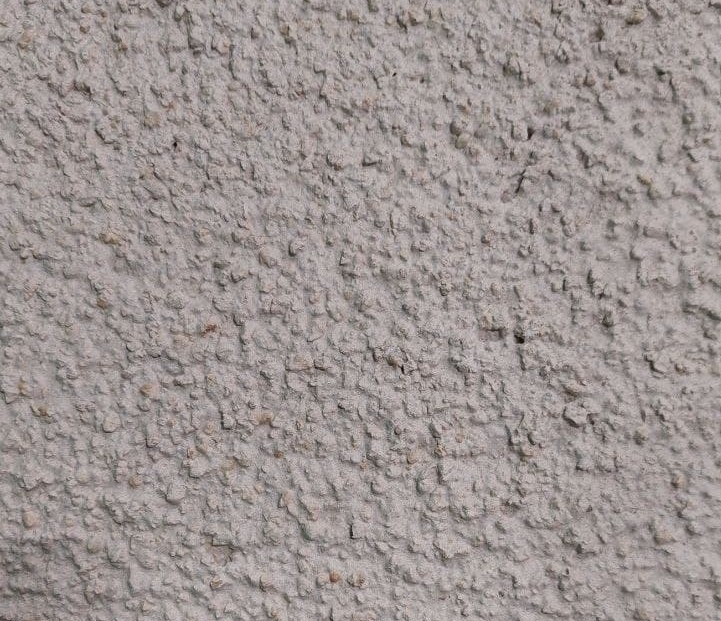
Diathonite Thermactive.037
Eco-friendly plaster mortar with hydraulic cork and lime NHL5 designed for thermal comfort all year round
Method of application of Diathonite Thermactive.037
Find out how Diathonite Thermactive.037 can be applied on any type of substrate and on surfaces with special curvilinear geometries.
Thermal comfort in restoration and conservation restoration projects of historic buildings
The restoration and conservation restoration of historic buildings is an important process to preserve the cultural heritage of a country. This process should consider not only the improvement of physical aspects, but also energy savings in the operational phase, without interfering with the thermal comfort of the tenants. However, in most cases these parameters are neglected during the renovation process, even if a change in the occupancy pattern of the building is foreseen. In this context, historic buildings are examples of an energy-sensitive approach to living conditions.
Today it has become essential to develop alternative technologies associated with ecological and sustainable aspects for energy conservation. The concepts used in historic buildings should be rediscovered and everything that suits our needs should be extracted and used in the creation of contemporary architecture. The term thermal performance of historic buildings describes all the efforts made by our ancestors to exploit the potential that still exists within the limits set by the laws of nature.
In this context, the use of ecological solutions that respect the environment, not only represent a positive point in contributing to the creation of healthier and more comfortable living spaces, but also allow the preservation of the historical heritage, respecting the regulations governing the use of building materials suitable for this type of intervention. One of the main themes in the recovery of the historical heritage, in fact, is the compatibility of the materials used for the renovation. In most cases, the use of cement-based materials or materials with CO2 emissions above the standards permitted by the legislation is prohibited by law.

